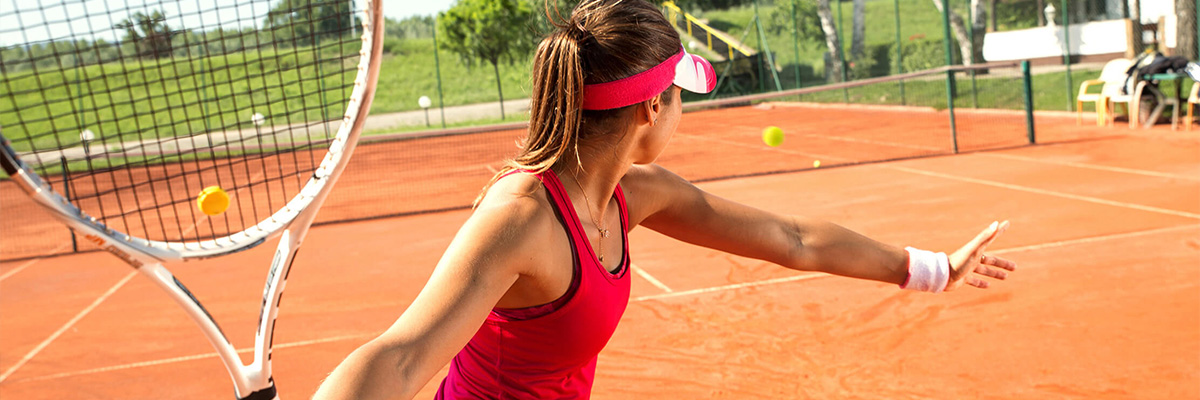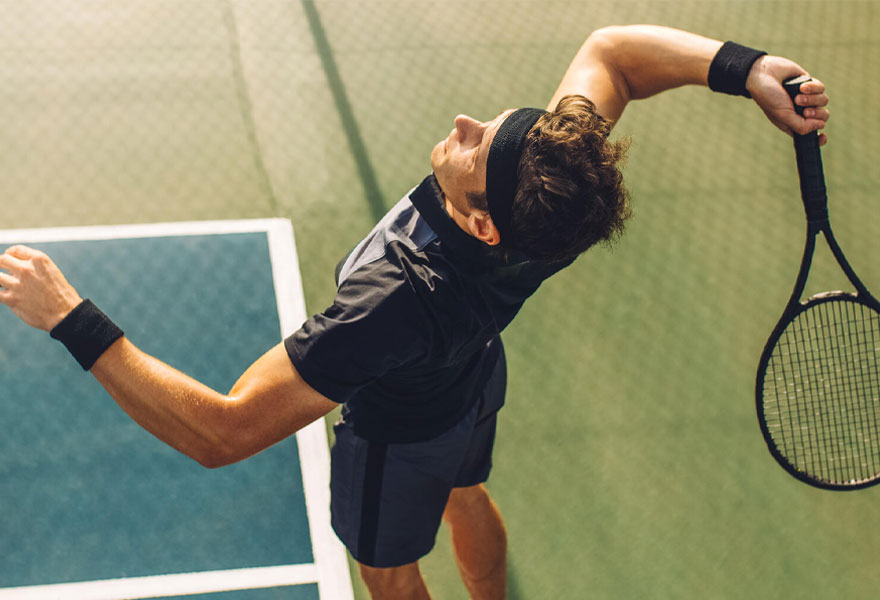ROCHESTER, Minn. — Being active is good for the body, but some sports can be especially hard on the hands and wrists. Pain on the side of the wrist opposite the thumb — called ulnar wrist pain — is a common cause of debilitating pain in athletes who play sports that use sticks or racquets, such as tennis, golf, hockey and lacrosse.
“Ulnar-sided wrist pain can be a challenge to evaluate and treat because there may be several causes, especially among high-performing athletes,” says Sanjeev Kakar, M.D., a Mayo Clinic orthopedic surgeon who specializes in conditions of the hand and wrist.
To avoid injuries, Dr. Kakar advises athletes have the right equipment for their frame and size. He also recommends athletes take lessons with a licensed professional who can teach the proper technique for their sports.
Unfortunately, injuries still happen. Dr. Kakar advises treating simple strains with rest, ice, compression and elevation. If the pain lingers, athletes should see a hand surgeon. They may need hand therapy, splints, injections and possibly surgery.
Sports such as tennis can be especially strenuous on the wrist. Many players may have stroke motions that can predispose them to injury or need to be corrected during rehabilitation. Dr. Kakar and colleagues at Mayo Clinic have worked with the United States Tennis Association to better understand tennis stroke mechanics that the naked eye cannot pick up. The Mayo Clinic team has incorporated this analysis when they treat tennis players with ulnar wrist pain.
Recently, the Mayo team published an article on a competitive tennis player who continued to have wrist pain despite nonoperative treatment. The pain was from a tear in the triangular fibrocartilage complex and ulnotriquetral ligament. These structures are like a blanket that sits within the wrist and covers the knobby bone on the pinky side of the wrist, which is known as the distal ulna bone. Often, these tears can cause pain with twisting activities, such as opening a door, pouring a glass of water or twisting a jar.
The patient underwent arthroscopic surgery using a camera placed within the wrist to repair the tear. After surgery, the patient worked with an occupational hand therapist to improve range of motion and strengthen and condition the upper extremity. Then the patient worked with a professional tennis coach knowledgeable in biomechanics and tennis-related movements. The coach used data from a stroke analysis taken before surgery to recommend changes to the patient’s swing mechanics. Eventually, the patient returned to a high level of play.
“We feel this team-based approach is critical to help patients return to their function and can be used on other athletes of all levels who may be suffering from wrist disorders,” Dr. Kakar says.
For more information on ulnar wrist pain and stickhandling sports, watch Dr. Kakar in this Mayo Clinic Minute.
Originally published on Mayo Clinic News Network.






